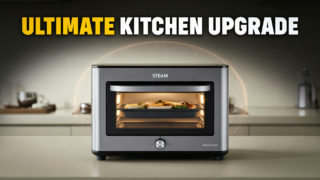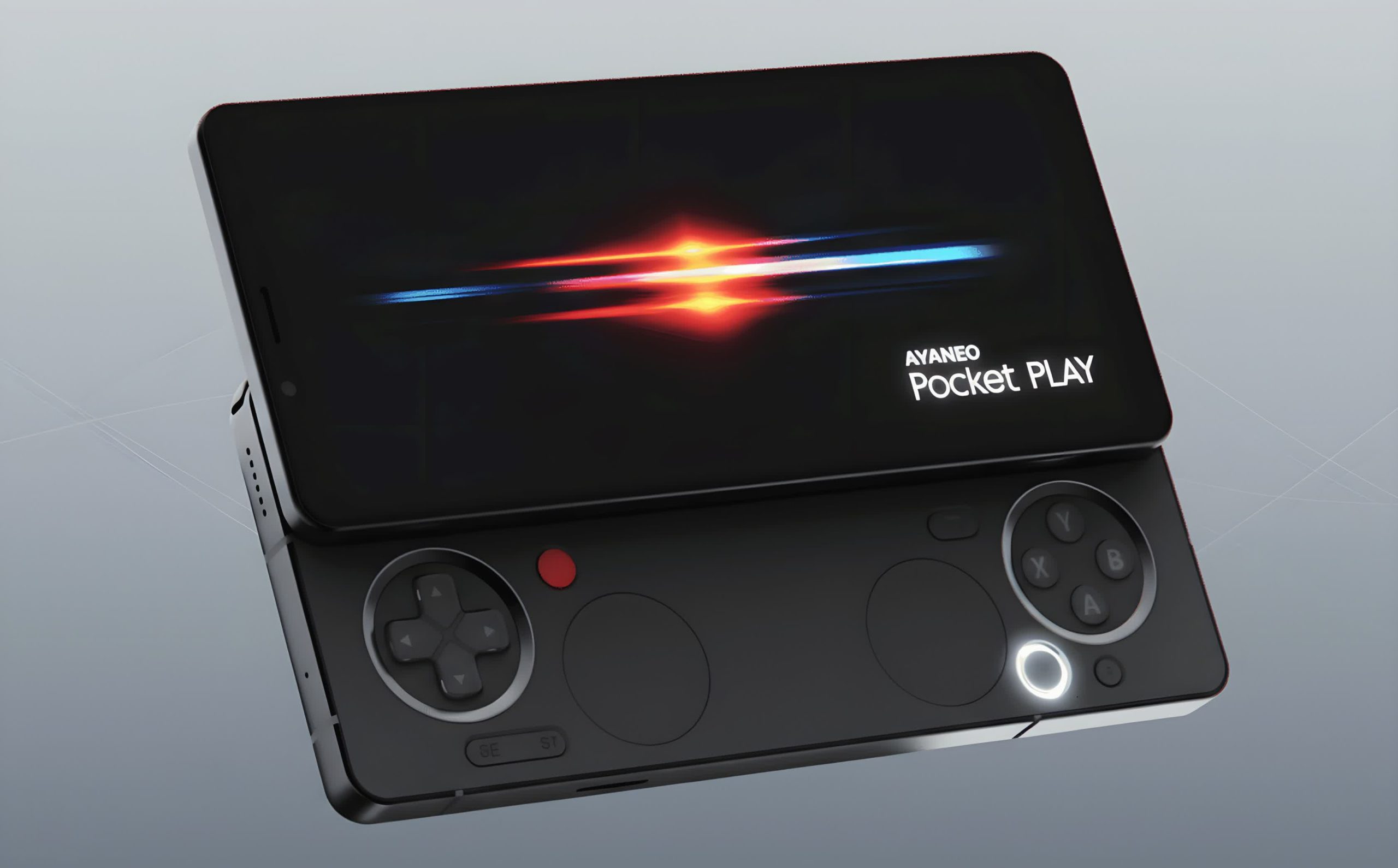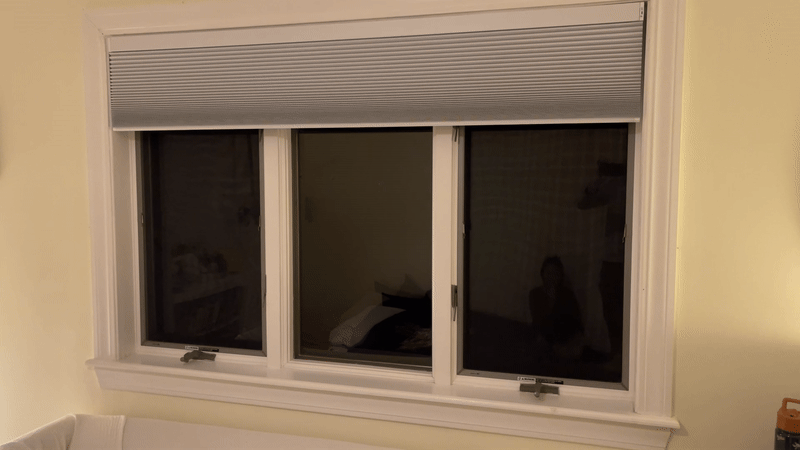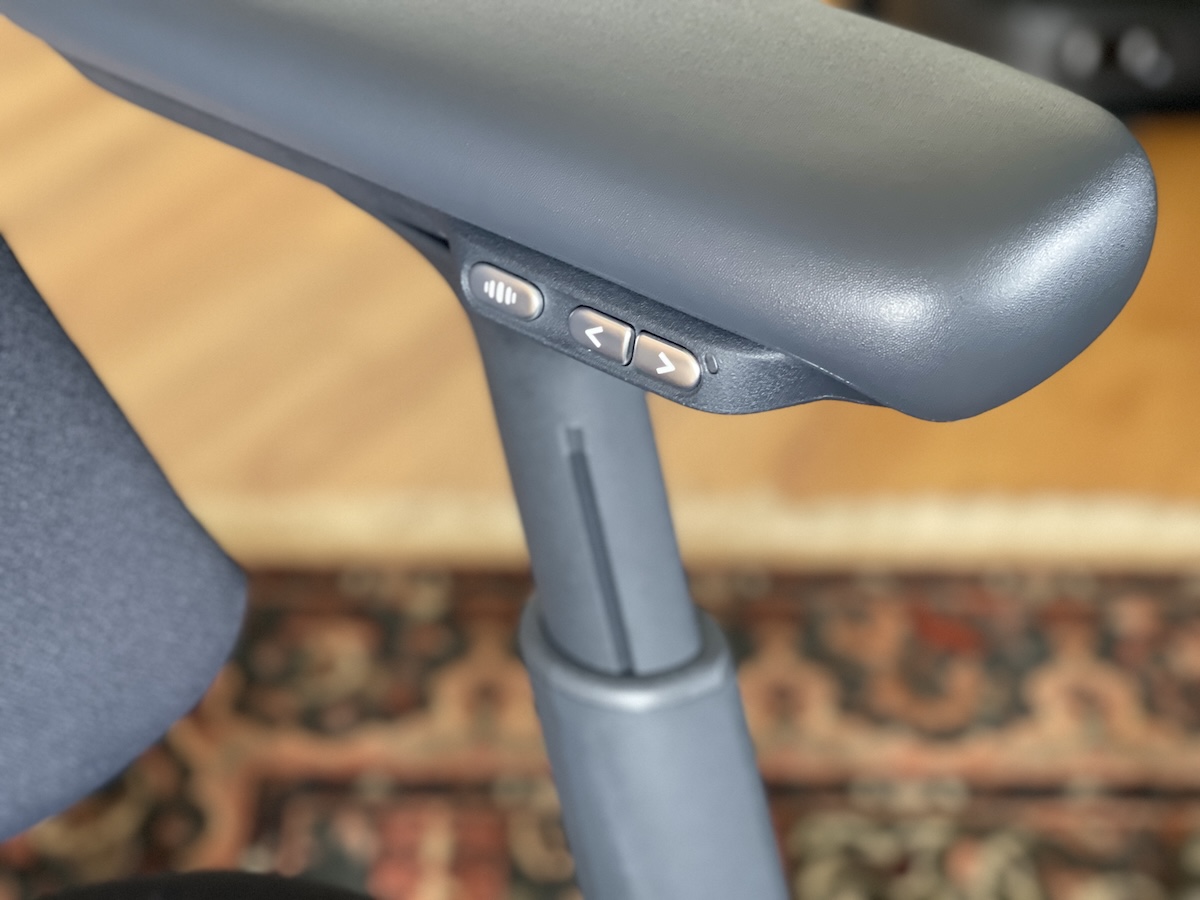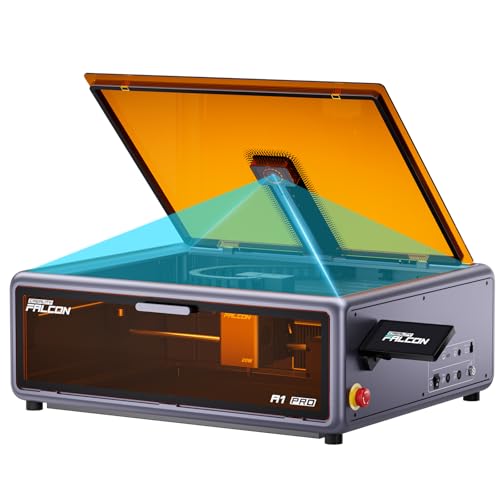Kitchen and laundry technology continues to evolve rapidly in 2025, with manufacturers pushing boundaries in connectivity, efficiency, and performance.
This guide highlights the most notable new appliances and features to consider for your next upgrade—both the impressive innovations and the disappointing developments.
18. Induction Ranges

With 90% energy efficiency, induction ranges make traditional gas cooktops look like power-hungry dinosaurs at merely 40%. These sleek powerhouses are rapidly taking over as gas bans spread across key markets.
Brands like Monogram, Wolf, and Thermador lead with sleek designs and responsive touch controls. The SKS cooktop packs a mighty 7,000-watt punch. These ranges detect metal automatically, ensuring energy transfers only to compatible cookware.
Cooking on these feels like upgrading from a flip phone to a smartphone—same basic function, but the experience is in a completely different league. (And yes, you’ll annoy everyone by talking about it until they try it themselves.)
17. Steam Ovens
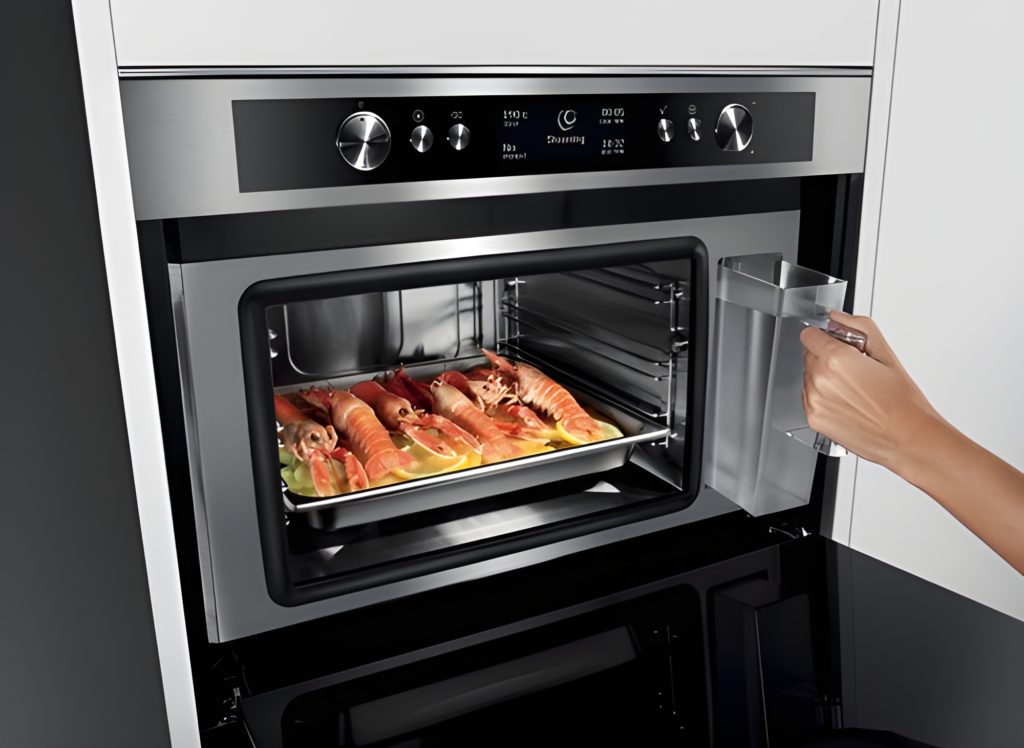
Tired of leftovers that taste like pale imitations of yesterday’s meal? Steam ovens solve this universal kitchen frustration by preserving moisture and flavor that microwaves simply can’t match.
Wolf offers simple reheat modes that bring yesterday’s dinner back to life. Gaggenau takes it further with exact steam percentage controls. These ovens include pre-programmed settings that make complex cooking nearly foolproof.
The difference between steamed and microwaved food is stark. It’s the culinary equivalent of watching a movie in IMAX versus on your phone—technically the same content, but a vastly different experience.
16. New Refrigerators

When your produce wilts before you can use it, today’s refrigerator innovations tackle food waste head-on. Frigidaire delivers Sub-Zero preservation technology without emptying your wallet, while Thermador’s drawer-type options enable truly customized food storage layouts.
Sub-Zero’s split climate system targets different cooling needs for various foods. LG’s zero-clearance hinge allows near-flush installation. This saves space and improves access to your food.
These fridges organize and preserve food with the precision of a Tetris grandmaster—everything fits perfectly and stays fresh way longer than you’d expect. If you’re in the market for a new fridge, perhaps one of these picks might be the perfect addition to your kitchen.
15. Over-the-Range Microwaves

Despite their space-saving design, over-range microwaves hide a disappointing truth that affects your home’s air quality. Most units capture less than 50% of cooking fumes, with their modest 300-400 CFM capacity proving no match for modern burners’ output.
This explains why your kitchen still smells hours after cooking. The problem gets worse with newer, shallower designs. Your indoor air quality suffers as particulate matter lingers.
They’re like that coworker who promises to handle everything but actually does half the job. (You know who you are, Karen from accounting.)
14. Miele’s Quiet Dishwasher

The whisper-quiet 37 dB operation of Miele’s flagship dishwasher lets you run cycles during movie night without disruption, considering normal conversation registers at 60 dB. But the pressing question remains: is extreme quietness worth the $3,699 price tag?
Cycles can last up to 4 hours, so plan ahead. If budget matters but noise bothers you, check out Bosch. Their models cost half as much with acceptable 44-45 dB operation.
Don’t get us wrong. This dishwasher is quieter than a library whisper—impressive, but about as necessary for most kitchens as heated seats on a bicycle.
13. Downdraft Ventilation

If you’re dreaming of a kitchen island without overhead obstruction, downdraft ventilation systems promise an appealing solution but deliver disappointing results. Operating at just 300-600 CFM, these sleek options struggle compared to traditional hoods and become quickly overwhelmed by tall pots or multiple active burners.
Their position near cooking surfaces makes them noisier. The limited capture area doesn’t handle smoke and grease well. For clean kitchen air, overhead hoods remain your best bet.
Choosing downdraft over overhead ventilation is like bringing nail clippers to cut down a tree—technically possible, but wildly inefficient and you’ll regret it halfway through.
12. AI Wall Oven

Did previous “smart” kitchen gadgets leave you underwhelmed? AI wall ovens arrive with cameras that recognize food types and adjust cooking parameters automatically, yet most shoppers remain justifiably skeptical after a history of impressive demos followed by disappointing real-world performance.
Previous “smart” appliances like Whirlpool’s Polara and the Turbo Chef impressed in demos but flopped in real kitchens. Today’s AI might suffer the same fate without genuine practical value.
These ovens remind us of those futuristic gadgets from 80s movies that seemed amazing but never materialized—remember how 2015 was supposed to have hoverboards according to Back to the Future?
11. Refrigerator Drawers
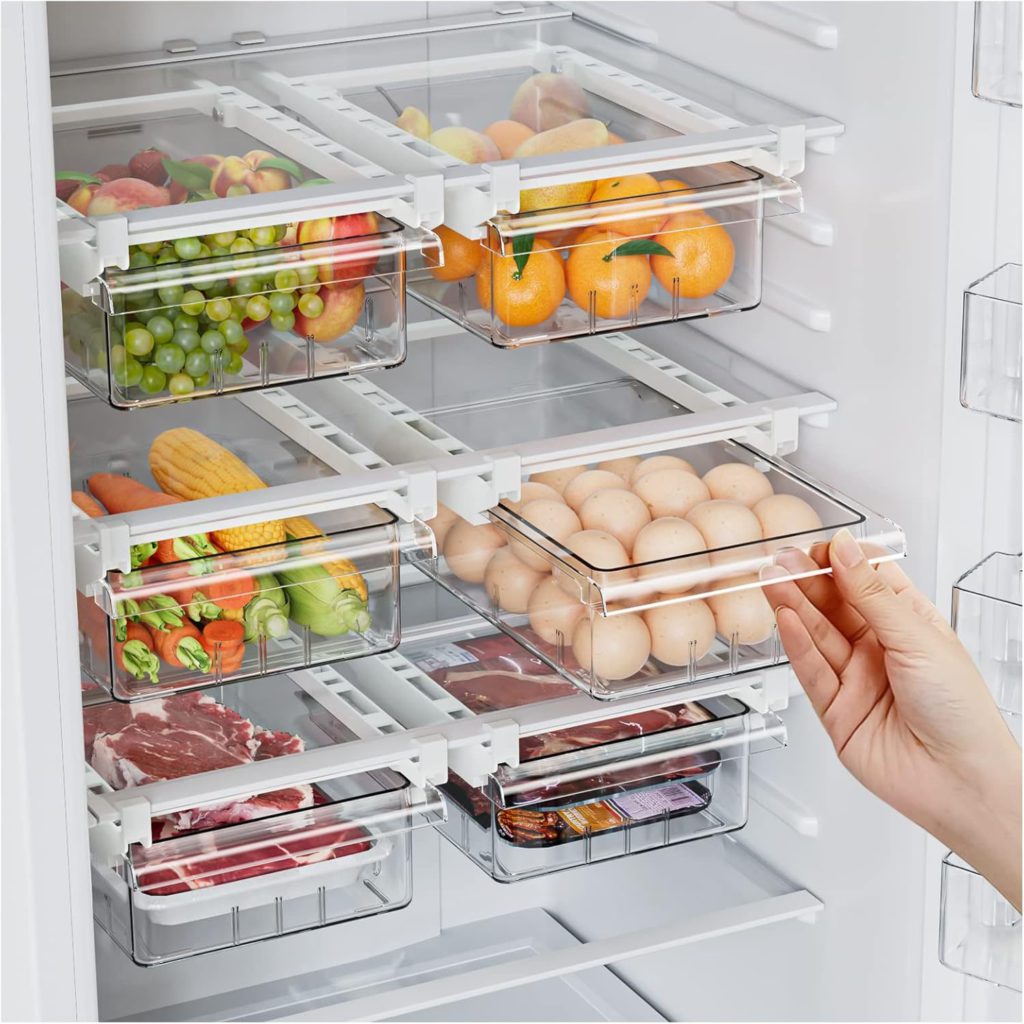
The specialized cooling zones in refrigerated drawers transform how you store temperature-sensitive items, allowing precise climate control tailored to specific contents—beverages at one temperature, produce at another—for optimized freshness.
With sizes from 2-6 cubic feet, they fit in various spots for easy access. But their height sometimes creates challenges for different family members. When shopping, prioritize function over looks.
They’re perfect for specialized storage but overkill for many homes—similar to buying professional DJ equipment when you just want to play music at dinner parties.
10. Heat Pump Dryers

Watching energy bills climb with every load of laundry? Heat pump dryers slash power consumption by 50% or more compared to conventional models while simultaneously treating fabrics more gently through lower-temperature operation.
Bosch and LG offer solid models with impressive efficiency. Drawbacks include higher upfront costs and longer drying times. Finding qualified repair techs can also prove challenging.
The energy savings work like compound interest—seemed small at first, but the long-term benefits add up dramatically. (Just don’t expect the satisfaction of quick-dried towels.)
9. Washer-Dryer Combos

When square footage comes at a premium, the latest washer-dryer combos deliver space-efficient solutions with dramatically improved reliability. GE, LG, and Samsung have engineered better lint removal systems than previous generations, while capacities ranging from 2.0-4.5 cubic feet make these units particularly suitable for apartment dwellers.
Drain pump problems remain common, often from foreign objects causing blockages. Check pockets before washing to extend your machine’s life.
These units try to be jacks-of-all-trades but masters of none—like those Swiss Army knives with 37 functions when you really just need a bottle opener and scissors.
8. Large Capacity Washers

Massive 6.0 cubic foot capacities in today’s largest washers can cut your laundry sessions in half, but require careful pre-purchase planning. Their substantial depth frequently exceeds standard 24″ countertops, making precise measurement essential to avoid costly installation nightmares.
These machines promise fewer loads with capacities up to 6.0 cubic feet. But they demand proper space. The benefit of washing less often must balance against physical requirements.
Measure twice, buy once to prevent costly returns or expensive remodeling. Nothing ruins laundry day faster than a washer that won’t fit through the door.
7. AI Laundry

Caught staring at cryptic washer symbols wondering which cycle won’t ruin your clothes? Samsung’s AI washing technology automatically identifies fabric types and soil levels, selecting optimal cycles without guesswork while allowing you to monitor and control the entire process from your smartphone, regardless of where you are.
Automatic detergent dispensers ensure perfect amounts every time. Some models include Spotify integration to make chore time less boring. For tech-loving households, these systems represent laundry’s future.
These machines handle laundry the way Alfred manages Batman’s household—quietly, efficiently, and with surprising attention to detail.
6. Appliance Colors

If you’re tired of the endless sea of stainless steel kitchens, 2025’s color revival brings welcome visual refreshment. Black appliances have returned with sophisticated natural wood accents, while Cafe, LG, Samsung, and KitchenAid now offer crisp white finishes paired with warm brass hardware as compelling alternatives to the stainless monopoly.
Avoid black steel finishes—they show peeling problems in testing. Selective color pops can refresh a dated kitchen without a full remodel. Just remember that trendy colors may look dated faster.
Kitchen color trends change faster than Marvel releases new superhero movies—exciting in the moment, but potentially questionable a few years later.
5. Dishwasher Drying

Water spots and perpetually wet plastic containers have met their match in the innovative drying technologies revolutionizing modern dishwashers. Auto-open doors now release steam at cycle completion, Bosch utilizes heat-generating zeolite minerals, and LG harnesses targeted steam circulation—each approach tackling the perennial dishwasher shortcoming from a different angle.
Miele’s two-port system mixes cooler air to boost evaporation. Each approach eliminates water spots with varying efficiency and cycle time. For crystal-clear glasses, look for models with multiple drying technologies.
These drying systems work with the precision of a Formula 1 pit crew—different specialized tools working in harmony toward a common goal.
4. Air Fry Ovens

Despite manufacturers’ claims of one-appliance convenience, built-in oven air fry features consistently underperform compared to dedicated countertop units. The engineering reality remains inescapable: compact air fryer chambers deliver crispier, faster results by concentrating heat precisely, while large oven cavities inevitably dissipate that same heat too broadly for equivalent results.
If you air fry regularly, stick with a dedicated countertop unit. Skip paying extra for this feature in a range. The specialized design simply works better for this cooking method.
The difference is obvious in the results—like comparing professional studio headphones to the free earbuds that came with your phone.
3. Sous Vide Cooking

The difference between a $60 restaurant steak and mediocre home cooking often comes down to temperature precision, which is why Sub-Zero’s built-in sous vide technology represents such a culinary breakthrough. This method maintains water temperature within 0.1 degrees, ensuring proteins cook with consistent perfection that conventional methods simply cannot achieve.
Proteins retain moisture and flavor with remarkable consistency. When reheating sous vide dishes, texture stays nearly identical to fresh-cooked, unlike microwave reheating that turns meat into rubber.
Sous vide cooking transforms average ingredients the way good directors turn unknown actors into stars—by controlling the environment perfectly and letting natural qualities shine.
2. Cameras in Appliances

A staggering 70% of consumers remain unconvinced that appliance cameras deliver sufficient value to justify their premium pricing. Oven door cameras do enable monitoring without releasing heat, while refrigerator cameras supposedly eliminate the need to open doors—but the practical benefits rarely align with manufacturers’ enthusiastic marketing claims.
Refrigerator cameras offer limited benefits compared to their price tag. Before investing, weigh utility against cost. For most homes, these cameras remain more tech showcase than practical tool.
Appliance cameras sound useful until you realize you’re paying hundreds extra to avoid opening a door—like buying a drone to check if you left your hat in the backyard.
1. Extended Warranties

When your expensive appliance breaks after 13 months, the manufacturer’s standard one-year warranty becomes painfully inadequate. While brand names and flashy features dominate purchase decisions, the often-overlooked factors of serviceability, local technician availability, and extended coverage options frequently determine long-term satisfaction.
Companies like Jake from State Farm and Allstate offer extended coverage beyond manufacturer warranties. Factor warranty terms into your decision process along with features and price.
A slightly more expensive appliance with better warranty coverage could save big money long-term. The peace of mind works out cheaper than emergency repair calls.





